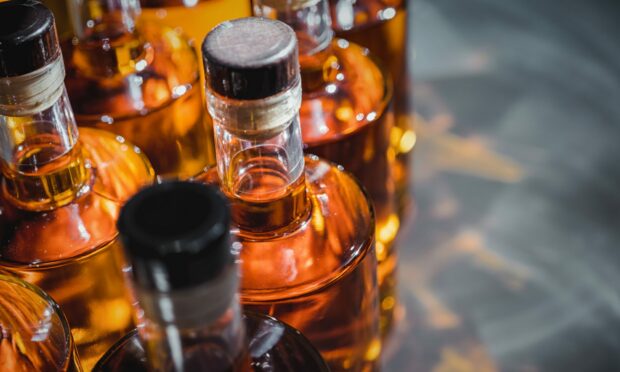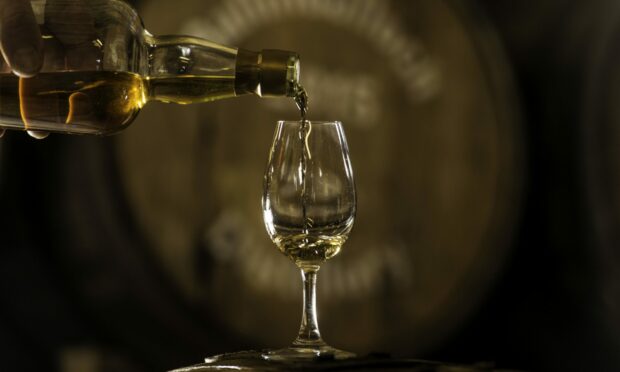The whisky industry, indeed the global spirits industry, would struggle were it not for glass bottles.
However, the lifespan of glass bottles, from manufacture to filling to bin and recycling skip, can vary enormously.
Venerated bottles from the 19th Century can still be found in chateau cellars or whisky collectors’ cabinets, while others may land in the skips within weeks of being made.
Bottle making is a vital industry but, like many others, is a closed book to the general public.
For decades, bottle shapes and colours were limited. They were round or square, tall or squat, and available in plain, green, brown or amber glass.
Recently amber has largely disappeared, with blue gaining ascendancy.
The contents of the drink were detailed on the label, and even 19th-Century labels displayed information in an eye-catching and original way, whether on whiskies or other drinks.
New bottle shapes
However, in recent years, especially since the rise of the craft gin industry, new bottle shapes and designs have multiplied beyond belief.
Some could be considered works of art.
Indeed, many glass firms now have in-house designers who craft eye-catching bottle concepts designed to, hopefully, make customers buy that drink over its competitors. However, well-established brands do stick to their trusted shapes, even if the labels get a periodic design update.
Johnny Walker has almost always been in square bottles, and I’m sure will still be in square bottles in 2121.
Leading glassware manufacturers
As most bottles are filled on thousands-per-hour assembly lines, you will find that round bottles have either a little notch under, or a small projecting lug close to the base.
This allows the bottle to be swivelled on the filling line so that the labels are correctly placed.
This also keeps the bottle steady when the neck gets its screwcap or cork.
Britain has numerous leading glassware manufacturers – one of the UK’s largest factories is located in Alloa – producing everything from bottles to jars to the tiny phials for Covid-19 vaccines.
That said, some of the more exotic bottles come from French or Italian manufacturers.

